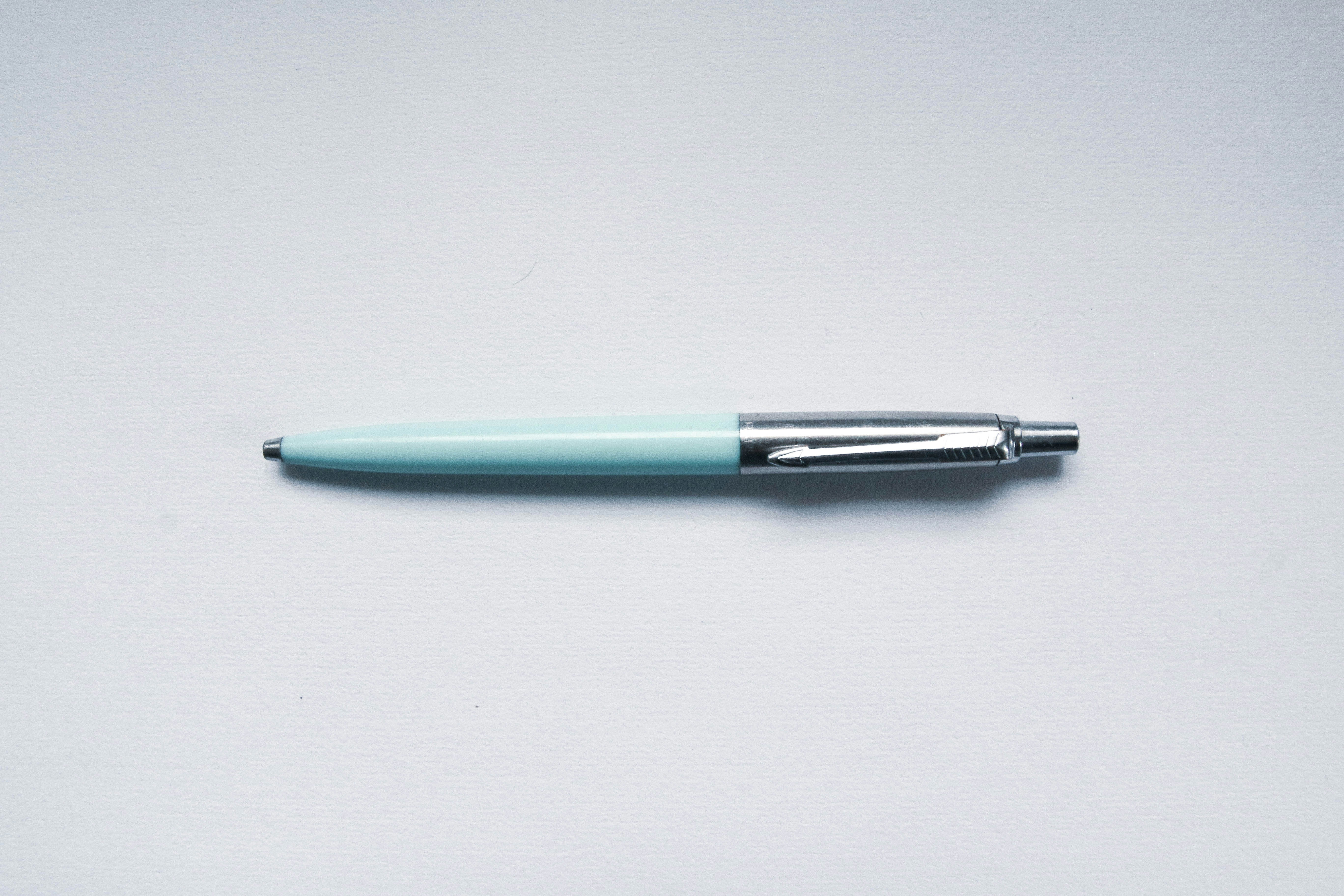Table of Contents
- Current UX climate 🌏
- Too lazy to read? Watch the presentation 👇
- Why should you get into UX? 🤔
- Step 1. Get excited 🤩
- Read up on UX
- Find out what a UX designer does
- Decide if UX is for you
- Step 2. Get educated 👩🎓
- Free UX courses
- Paid UX courses
- Design degrees
- Some of the best free online UX resources
- Some of the best design books
- Step 3. Get the right tools 👷♀️
- Design process and workshop tools
- User research tools
- User interface, wireframing, and prototyping tools
- User testing and usability testing tools
- Collaboration and development handoff tools
- Other useful resources & guides
- Step 4. Get some experience 👩💻
- Offer free UX work
- Design challenges
- Unsolicited redesigns
- Adding to your UX portfolio
- Hone your soft skills
- Step 5. Get social 🤝
- Becoming a community member
- Watch the leaders
- Step 6. Get hired 👩💼
- Applying for your first UX design
- UX salaries
- UX job interviews
- Why should you work for startups in the beginning
- Other factors affecting your first UX job decision
- Final thoughts 🖤

Current UX climate 🌏
Too lazy to read? Watch the presentation 👇

Why should you get into UX? 🤔
- Why do you want to get into UX design?
- Why is this the best choice?
- What are your motivations?
- What do you want to achieve?
- What are your initial questions before you go all-in?”
- Step 1. Get excited
- Step 2. Get educated
- Step 3. Get the right tools
- Step 4. Get some experience
- Step 5. Get social
- Step 6. Get hired
Step 1. Get excited 🤩
Read up on UX

“User experience encompasses all aspects of the end-user’s interaction with the company, its services, and its products.” — Nielsen/Norman Group
Find out what a UX designer does
A UX designer is essentially a problem-solver through the art and science of design.


Decide if UX is for you
Step 2. Get educated 👩🎓

User Experience Design is a vocation not a profession.A vocation is generally a job that requires a particular set of skills acquired through experience or through training but not necessarily dependent on a college degree. Profession refers to the career that one opts for, getting extensive training and acquiring special skills to become eligible for a job in it.
Free UX courses
Paid UX courses
- Ask yourself how much time can you dedicate each week to learning UX?
- How much flexibility do you need in terms of scheduling?
- What’s your budget?
- Project-based learning — a course that requires you to get hands-on to master the right practical skills, not just theory.
- A tangible portfolio piece — a course that leads to at least one portfolio project and helps you to refine it, ready for the job market.
- Human support — a course that offers at least one industry expert, be it a mentor, a tutor, or (ideal scenario!) both.
- Career support — a course that offers specialist career support, for example, coaching throughout your job search.
- Expert curriculum — a core syllabus written (and continuously updated) by expert curriculum writers, not third-party curated content writers.
Design degrees
Some of the best free online UX resources
- InVision’s Inside Design and Design Better Company
Some of the best design books
Step 3. Get the right tools 👷♀️

Design process and workshop tools
- ⭐ The Design Sprint (recommended)
User research tools
- ⭐️ Mobbin (recommended)
User interface, wireframing, and prototyping tools
- ⭐ Figma (recommended)
User testing and usability testing tools
Collaboration and development handoff tools
Other useful resources & guides
- ⭐️ Mobbin — the world’s largest UX/UI library (recommended)
- Apple’s Human Interface Guidelines
- Google’s Material Design
Step 4. Get some experience 👩💻

The repeatable nature of the skill is required in order to acquire or maintain proficiency in it. UX is no exception. We have to practice it in order to gain and improve our competencies.—Dear UX: My tiny letters to the UX practice

Offer free UX work
Design challenges
Unsolicited redesigns
Adding to your UX portfolio
- Include your process — Employers want to see the evidence of thoughtfulness, the reasoning behind decisions, and how you arrived at the solution.
- Include rough notes & sketches — Employers expect to see your ideas and that you didn’t jump straight into your first solution.
- Include your documentation and UX artifacts — Don’t say you did something (for example, interviews, journey maps, etc. ) — show it!
- Include your designs — From wireframes to high fidelity mockups — show employers you can deliver high quality designs (always include a write-up, not just the UI).
- Include something personal & about yourself — You need to stand out from the competition and show your personality.
“Most UX designers make a huge mistake when it comes to their portfolios. They show their work, but they don’t tell people about their work. They don’t provide that context, and without context, no one looking at your UX portfolio can get a sense of why you made the decisions you made.” — Sarah Doody.
Hone your soft skills
- Storytelling — Helps to empathise with those you’re designing for.
- Critiquing — Delivering and receiving feedback in order to improve.
- Presenting — Persuade, engage, and bedazzle your audience.
- Facilitating — Leading a group to a common goal.
- Essential soft skills from Jared Spool’s article, the founder of User Interface Engineering and world-famous UX designer.
Step 5. Get social 🤝

Becoming a community member
- Online communities— 28 Slack communities you should join as a UX designer.
- Events — Meetup, Eventbrite, local Facebook events.
- Conferences — InTechnic’s List, UXVN
- Mentorship — Amazing Design People List
Watch the leaders
- Don Norman (first ever UX role at Apple)
- Julie Zhuo (Ex-VP of Product Design at Facebook)
- Jonathan Courtney (Founder of AJ&Smart and accidental comedian)
- John Maeda (father of computational design), Brad Frost (author of Atomic Design)
Step 6. Get hired 👩💼

Applying for your first UX design
- Use job descriptions as goals & milestones — Look at the requirements, work on those skill gaps, and add them on your portfolio — Note: Majority of UX job descriptions are very generic so this shouldn’t take too long.
- Go for quantity and NOT quality — Experience is everything when starting out — Try and get paid for learning UX — How awesome right?!
- Ensure there’s a UX team — Mentorship & learning from other designers will advance your career by bringing insights to nuances of UX design.
- Start right away — The sooner you get a job, the sooner you have the chance to find a potential specialisation, i.e. research, UI, design systems, content, etc.
- Title does NOT matter — Get hired to improve your UX skills — The titles of UX designers are constantly evolving.
- Growth over Salary — Put more stock on growth and opportunities — The money will eventually come.
UX salaries
The average salary across 107 countries is $52,683, with the highest average being in $100,890 in Switzerland — UX Designer Salaries
UX job interviews
- Portfolio review — A scan of good quality portfolios — Your portfolio should show at least 2–3 well-written pieces of design work.
- Phone interview — A quick hello — Often a formality with questions about your background and experience — Be confident and concise, express how much this means to you. Sometimes used in emerging markets to test your English.
- Portfolio walkthrough — A presentation of your design work — They’ll consider your process, quality of work, and presentation skills — Answer questions honestly, take feedback gracefully, and show the best projects!
- UX design challenge — A short take-home test — They’ll examine your ability to execute within a specified time, the reasoning behind decisions based on limited data, and how you present design work — Go through the process you learnt, list constraints, and document everything!
- Whiteboard challenge — A live whiteboarding session — They’ll look at how well you collaborate, think on your feet, and your comprehension of the problem — Stay calm, ask lots of questions, and think aloud — no wrong answers here, so have fun!
- App critique — A critical analysis session of a popular application — They’ll delve into your product strategy mindset, how you talk about the user, and your attention to detail with micro-interactions — Put yourself in the shoes of the user, give examples of why you think the designer made a specific decision, and be opinionated.
Why should you work for startups in the beginning
Other factors affecting your first UX job decision
- Company type — UX agencies offer a wider range of projects, but many don’t allow you to see them through or iterate on them. Working at a product company, you’ll have a greater opportunity to go deep on specific products or features.
- Company’s design maturity — How much does the company value and invest in design? Are there people there you can learn from? Or do you have to be the UX educator? (Fun if that’s what you’re into, exhausting if it’s not).
- Benefits — Beyond salary, what perks matter to you? Work from home, flexible schedule, gym membership reimbursement, free booze, budget for conferences and education, unlimited paid time off, parental leave, ping pong tables, pet-friendly office, and more!
- Culture — Love the structure and branding of corporate? Feel like you would thrive in an early-stage startup culture? What cultural things matter?






































